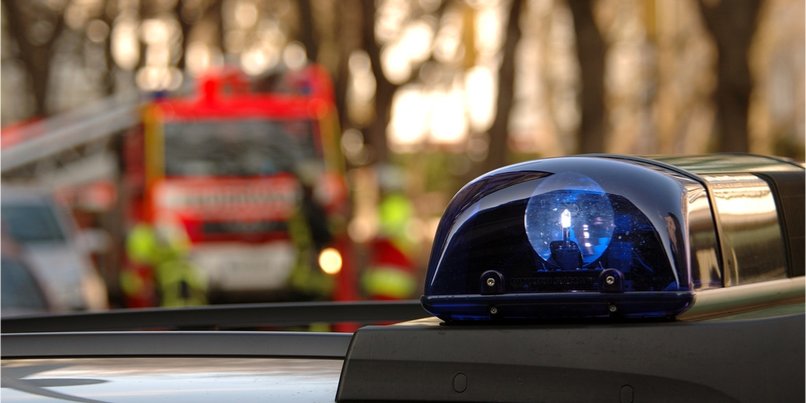 As HazMat incidents become ever more challenging, complex and unpredictable, there is a growing reliance on the knowledge and expertise of highly-skilled teams across a variety of agencies.
As HazMat incidents become ever more challenging, complex and unpredictable, there is a growing reliance on the knowledge and expertise of highly-skilled teams across a variety of agencies.
A more recent case in point was the operational response to the Novichok nerve agent poisonings in Salisbury in the UK in 2018. This event, which garnered enormous international attention, brought together the skills of police, fire crews, paramedics, the military and specialist HazMat teams over the course of the incident - from initial response to containment, decontamination and the ensuing investigation.
Key to the effectiveness of any inter-agency response is the ability to recognize the skills, strengths that each party possesses, and a knowledge of where the jurisdiction of each begins and ends.
One might well assume that different teams would have ample prior opportunity to work together through the provision of regular, structured and robust inter-agency training programs.
But in reality how often does this collaborative approach to HazMat safety training really happen?
The question of the need for greater inter-agency cooperation is one that was explored by Independent Technical and Medical Rescue Consultant, Ian Dunbar, in his editorial piece for the December 2018 issue of International Fire Fighter magazine.
Enhancing training outcomes
While Ian's article focused more specifically on the training needs of UK fire fighters in relation to vehicle extrication, it makes for interesting reading for anyone looking for ways to enhance the effectiveness, and the learning outcomes, of their HazMat safety training programs.
All too often, operational commitments can impact on the time that's available for training. But as Ian stressed, how is it possible for different agencies to come together, and to work safely and effectively, if there's no framework in place for regular training?
And as he explained, while inter-agency collaboration offers clear benefits, it is an approach that is still "far from the norm", with the vast majority of practitioners simply not working closely enough with their peers in a training environment.
Collaboration in HazMat response
One area in which there could well be significant opportunity for a more collaborative approach is training in the use of monitoring and detection equipment for HazMat response.
Within the fire service for example, first responders might typically have the use of three primary alert devices - a personal radiation dosimeter (such as an EPD MK2) which is worn by the person being monitored and which provides a record of any radiation dose received; a radiation survey meter (for example the ADM300A) and a multi-gas detector.
More specialist teams within the fire service - otherwise known as DIM teams or Detection, Identification and Monitoring teams - might well be equipped with more sophisticated devices such as chemical warfare detectors, radiation spectrometers and chemical spectrometers.
Within the police force, most officers also carry personal radiation dosimeters, while more specialist forensics or DIM teams may require proficiency in the use of multi-gas detectors for the detection of carcinogenic gases such as those found at clandestine drug labs.
Detection and monitoring equipment within the military will differ depending on the requirements of each operation, but can include the use of radiation alarms, dosimeters, chemical hazard detectors such as the LCD3.2 (or for more specialist teams who are required to support initial detection, the LCD3.3) and the AP4C.
Safe and realistic hands-on training
Providing personnel with the opportunity to train in a hands-on way in realistic environments is pivotal to ensuring safe and effective HazMat response.
And a proven means of achieving this goal is through the use of simulator detectors in the context of training scenarios.
As an example, the user interface of the Thermo Scientific EPD-Mk2 dosimeter can be replicated using the EPD-MK2 simulator; while realistic training in the use of the LCD3.2 for chemical hazard detection can be conducted using a simulator equivalent such as the LCD3.2SIM. Similarly, all the features and functionality of the ADM300A can be replicated through the use of the ADM300A V1B-SIM for the creation of life-like radiological survey training.
Further enhancing this simulation training through a commitment to inter-agency collaboration could offer a host of benefits - whether it's the cost saving advantages of being to share resources and equipment, the forging of stronger inter-agency relationships, or a deeper understanding of what underpins the decisions that each team makes when they're out on scene.
What is clearly important is to be able to recognize the skills, strengths (and perhaps most crucially, the limitations) that each agency can realistically offer when they come together in the context of a HazMat incident. Any opportunity to work together, and to do so in the most realistic training scenarios possible, can only serve to enhance the success of emergency HazMat response.






